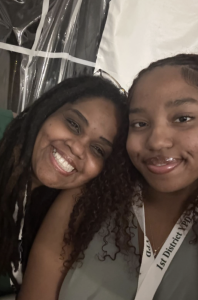
This article explains how too much screen time can affect a child’s development, especially in areas like learning, language, and social-emotional growth. Sudheer Kumar Muppala et al. point out that screens aren’t automatically harmful—some educational apps and videos can help with early learning—but problems appear when children spend long periods on screens without adult guidance. The research shows that heavy screen use, especially when kids switch rapidly between apps or devices, can make it harder for them to focus, remember information, and perform well in school later on.
The article also talks about language development. Young children learn to talk by interacting with adults, mostly by listening, copying sounds, and having back-and-forth conversations. When screen time takes the place of those real-life interactions, language skills may develop more slowly. It’s not just the amount of screen time that matters, but the quality of it. Watching with a parent, talking about what’s on the screen, or using truly educational content can make screen time less harmful and sometimes even helpful.
Additionally, the article describes how excessive screen use can affect social and emotional growth. Kids who spend a lot of time on screens, especially when screens are in their bedrooms or used right before bed, are more likely to have sleep problems, emotional issues like anxiety or lower empathy, behavior challenges, or higher risk for obesity. Screens can’t replace the social learning kids get from playing with peers, reading facial expressions, or talking with caregivers. Because of this, the authors suggest simple strategies like setting clear limits on screen time, removing screens from bedrooms, choosing high-quality content, and modeling healthy screen habits as adults.
Overall, the message is that screens are part of modern life, but they should be used thoughtfully. With reasonable limits, caregiver involvement, and plenty of real-world play and conversation, children can enjoy technology without it getting in the way of their healthy development.
If you want to read more, click here!
Erin Mulroy
UConn KIDS Research Assistant












